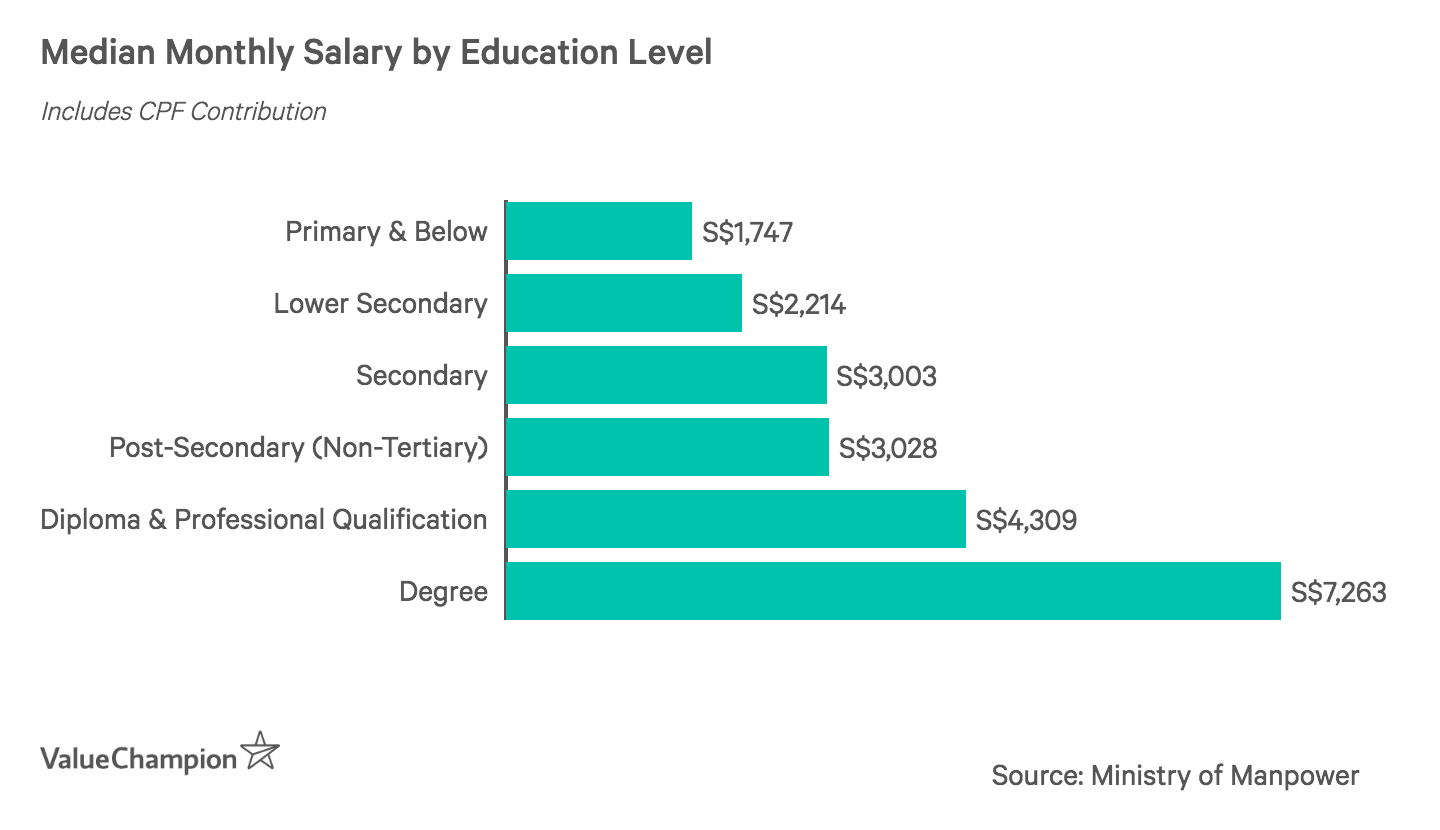
Income earning potential versus consumptive values - regret
U.S. Bureau of Economic Analysis (BEA)". www.oldyorkcellars.com. Retrieved 23 February"User's guide: Background information on GDP and GDP deflator". HM Treasury. Archived from the original on 2 March
"Measuring the Economy: A Primer on GDP and the National Income and Product Accounts"(PDF). Bureau of Economic Analysis.
Some of the complications involved in comparing national accounts from different years are explained in this World Bank documentArchived 16 June at the Wayback Machine.

-